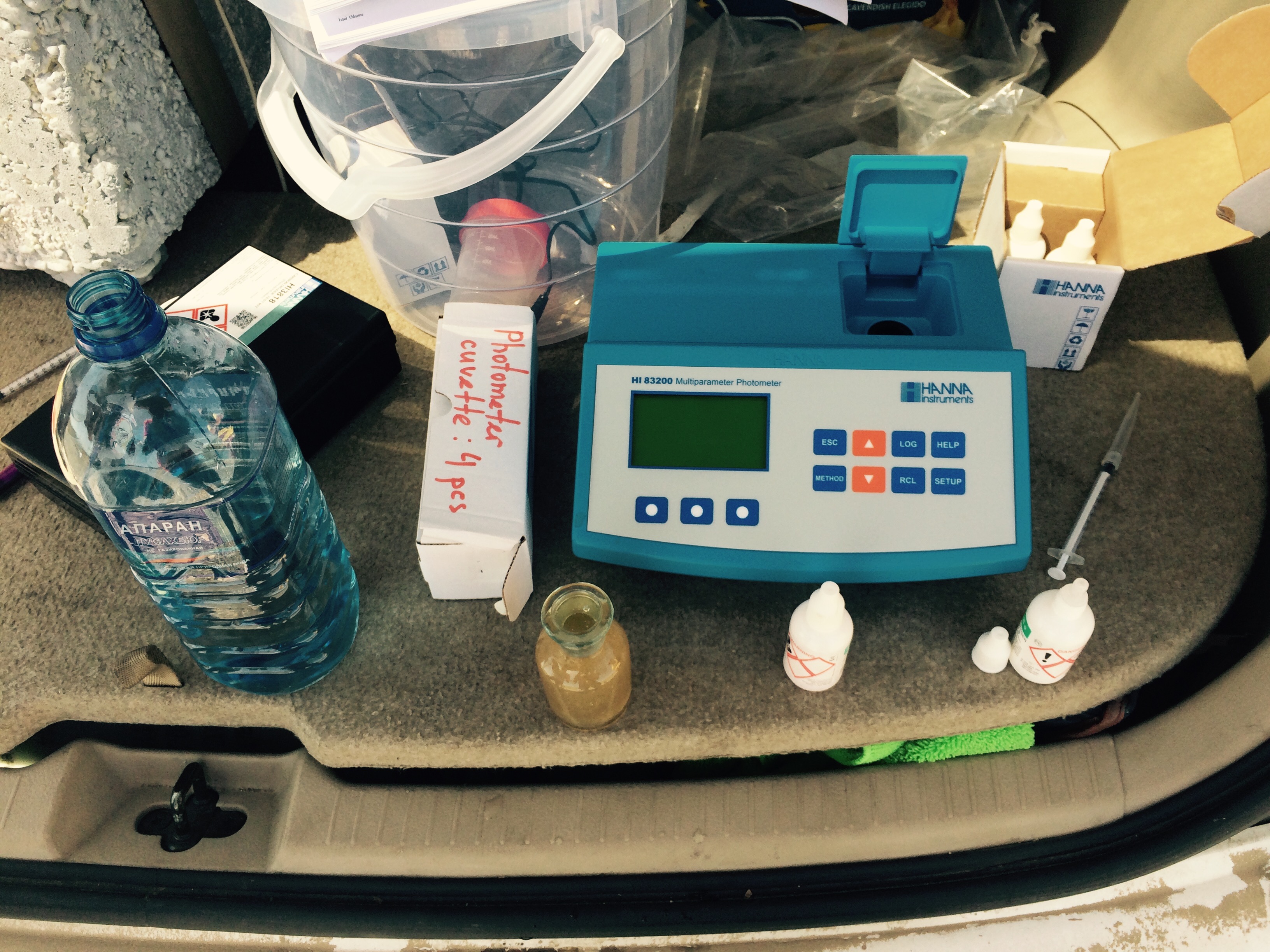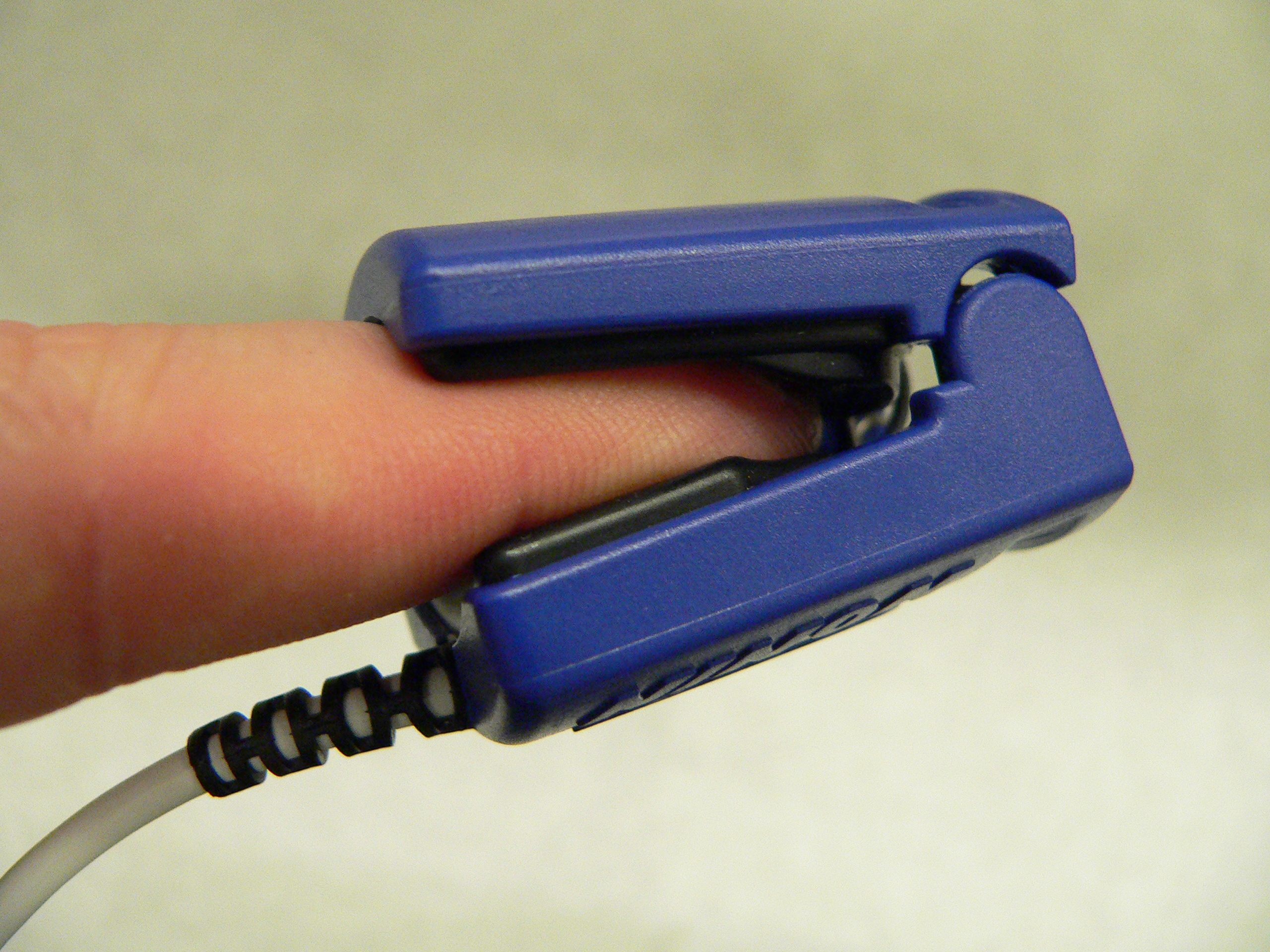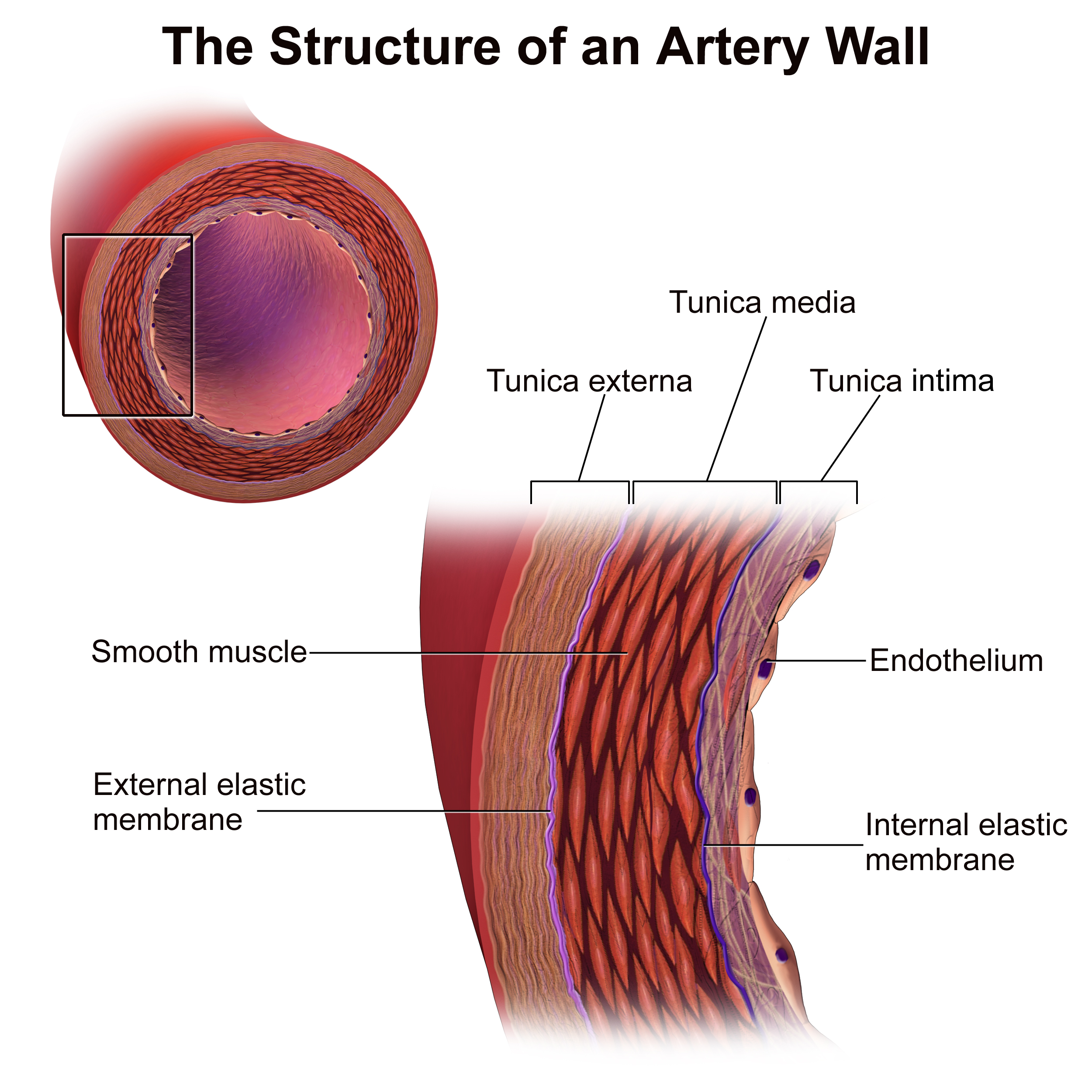|
Acrocyanosis
Acrocyanosis is persistent blue or cyanotic discoloration of the extremities, most commonly occurring in the hands, although it also occurs in the feet and distal parts of face.Kurklinsky AK, Miller VM, Rooke TW. "Acrocyanosis: The Flying Dutchman." ''Vascular Medicine'' 2011 Aug;16(4):288-301Olin, J.W. (2004). Other peripheral arterial diseases. In L. Goldman & D. Ausiello (Eds.), ''Cecil Textbook of Medicine, 22nd Edition''. (Vol 1, pp. 475). Philadelphia: WB Saunders Creager, M.A. & Dzau, V.J. (2005). Vascular diseases of the extremities. In D.L. Kasper, A.S. Fauci, D.L. Longo, E. Braunwald, S.L. Hauser, & J.L Jameson (Eds.), ''Harrison's Prins of Internal Medicine'' (16th ed., pp. 1490). New York: McGraw-Hill (2006). Peripheral vascular disorders. In R.S. Porter, T.V. Jones, & M.H. Beer (Eds.), ''Merck Manual of Diagnosis and Therapy'' (18th ed., ch. 212). New York: Wiley, John & Sons Although described over 100 years ago and not uncommon in practice, the nature of this phenom ... [...More Info...] [...Related Items...] OR: [Wikipedia] [Google] [Baidu] |
Cryoglobulinemia
Cryoglobulinemia is a medical condition in which the blood contains large amounts of pathological cold sensitive antibodies called cryoglobulins – proteins (mostly immunoglobulins themselves) that become insoluble at reduced temperatures. This should be contrasted with cold agglutinins, which cause agglutination of red blood cells. Cryoglobulins typically precipitate (clumps together) at temperatures below normal body temperatureand will dissolve again if the blood is heated. The precipitated clump can block blood vessels and cause toes and fingers to become gangrenous. While this disease is commonly referred to as cryoglobulinemia in the medical literature, it is better termed cryoglobulinemic disease for two reasons: 1) cryoglobulinemia is also used to indicate the circulation of (usually low levels of) cryoglobulins in the absence of any symptoms or disease and 2) healthy individuals can develop transient asymptomatic cryoglobulinemia following certain infections. In ... [...More Info...] [...Related Items...] OR: [Wikipedia] [Google] [Baidu] |
Postural Orthostatic Tachycardia Syndrome
Postural orthostatic tachycardia syndrome (POTS) is a condition characterized by an abnormally large increase in heart rate upon standing. Symptoms may include lightheadedness, brain fog, blurred vision, weakness, fatigue, headaches, heart palpitations, exercise intolerance, nausea, diminished concentration, tremulousness (shaking), syncope (fainting), coldness or pain in the extremities, chest pain and shortness of breath. Other conditions associated with POTS include Ehlers–Danlos syndrome, mast cell activation syndrome, irritable bowel syndrome, insomnia, chronic headaches, chronic fatigue syndrome, and fibromyalgia. POTS symptoms may be treated with lifestyle changes such as increasing fluid and salt intake, wearing compression stockings, gentler and slow postural changes, avoiding prolonged bedrest, medication and physical therapy. The causes of POTS are varied. POTS may develop after a viral infection, surgery, trauma or pregnancy. It has been shown to emerge ... [...More Info...] [...Related Items...] OR: [Wikipedia] [Google] [Baidu] |
Venule
A venule is a very small blood vessel in the microcirculation that allows blood to return from the capillary beds to drain into the larger blood vessels, the veins. Venules range from 7μm to 1mm in diameter. Veins contain approximately 70% of total blood volume, while about 25% is contained in the venules. Many venules unite to form a vein. Structure Venule walls have three layers: An inner endothelium composed of squamous endothelial cells that act as a membrane, a middle layer of muscle and elastic tissue and an outer layer of fibrous connective tissue. The middle layer is poorly developed so that venules have thinner walls than arterioles. They are porous so that fluid and blood cells can move easily from the bloodstream through their walls. Short portal venules between the neural and anterior pituitary lobes provide an avenue for rapid hormonal exchange via the blood. Specifically within and between the pituitary lobes is anatomical evidence for confluent interlobe ... [...More Info...] [...Related Items...] OR: [Wikipedia] [Google] [Baidu] |
Skin Ulcer
An ulcer is a sore on the skin or a mucous membrane, accompanied by the disintegration of tissue. Ulcers can result in complete loss of the epidermis and often portions of the dermis and even subcutaneous fat. Ulcers are most common on the skin of the lower extremities and in the gastrointestinal tract. An ulcer that appears on the skin is often visible as an inflamed tissue with an area of reddened skin. A skin ulcer is often visible in the event of exposure to heat or cold, irritation, or a problem with blood circulation. They can also be caused due to a lack of mobility, which causes prolonged pressure on the tissues. This stress in the blood circulation is transformed to a skin ulcer, commonly known as bedsores or decubitus ulcers. Ulcers often become infected, and pus forms. Signs and symptoms Skin ulcers appear as open craters, often round, with layers of skin that have eroded. The skin around the ulcer may be red, swollen, and tender. Patients may feel pain on the skin ... [...More Info...] [...Related Items...] OR: [Wikipedia] [Google] [Baidu] |
Raynaud's Phenomenon
Raynaud syndrome, also known as Raynaud's phenomenon, eponymously named after the physician Auguste Gabriel Maurice Raynaud, who first described it in his doctoral thesis in 1862, is a medical condition in which the spasm of small arteries causes episodes of reduced blood flow to end arterioles. Typically, the fingers, and less commonly, the toes, are involved. Rarely, the nose, ears, or lips are affected. The episodes classically result in the affected part turning white and then blue. Often, numbness or pain occurs. As blood flow returns, the area turns red and burns. The episodes typically last minutes but can last several hours. Episodes are typically triggered by cold or emotional stress. Primary Raynaud's, also known as idiopathic, means that it is spontaneous, of unknown cause, and unrelated to another disease. Secondary Raynaud's occurs as a result of another condition and has an older age at onset; episodes are intensely painful and can be asymmetric and associated wi ... [...More Info...] [...Related Items...] OR: [Wikipedia] [Google] [Baidu] |
Oxygen Saturation
Oxygen saturation (symbol SO2) is a relative measure of the concentration of oxygen that is dissolved or carried in a given medium as a proportion of the maximal concentration that can be dissolved in that medium at the given temperature. It can be measured with a dissolved oxygen probe such as an oxygen sensor or an optode in liquid media, usually water. The standard unit of oxygen saturation is percent (%). Oxygen saturation can be measured regionally and noninvasively. Arterial oxygen saturation (SaO2) is commonly measured using pulse oximetry. Tissue saturation at peripheral scale can be measured using NIRS. This technique can be applied on both muscle and brain. In medicine In medicine, oxygen saturation refers to ''oxygenation'', or when oxygen molecules () enter the tissues of the body. In this case blood is oxygenated in the lungs, where oxygen molecules travel from the air into the blood. Oxygen saturation (() sats) measures the percentage of hemoglobin bindin ... [...More Info...] [...Related Items...] OR: [Wikipedia] [Google] [Baidu] |
Pulse Oximetry
Pulse oximetry is a noninvasive method for monitoring a person's oxygen saturation. Peripheral oxygen saturation (SpO2) readings are typically within 2% accuracy (within 4% accuracy in 95% of cases) of the more accurate (and invasive) reading of arterial oxygen saturation (SaO2) from arterial blood gas analysis. But the two are correlated well enough that the safe, convenient, noninvasive, inexpensive pulse oximetry method is valuable for measuring oxygen saturation in clinical use. The most common approach is ''transmissive pulse oximetry''. In this approach, a sensor device is placed on a thin part of the patient's body, usually a fingertip or earlobe, or an infant's foot. Fingertips and earlobes have higher blood flow rates than other tissues, which facilitates heat transfer. The device passes two wavelengths of light through the body part to a photodetector. It measures the changing absorbance at each of the wavelengths, allowing it to determine the absorbances due t ... [...More Info...] [...Related Items...] OR: [Wikipedia] [Google] [Baidu] |
Artery
An artery (plural arteries) () is a blood vessel in humans and most animals that takes blood away from the heart to one or more parts of the body (tissues, lungs, brain etc.). Most arteries carry oxygenated blood; the two exceptions are the pulmonary and the umbilical arteries, which carry deoxygenated blood to the organs that oxygenate it (lungs and placenta, respectively). The effective arterial blood volume is that extracellular fluid which fills the arterial system. The arteries are part of the circulatory system, that is responsible for the delivery of oxygen and nutrients to all cells, as well as the removal of carbon dioxide and waste products, the maintenance of optimum blood pH, and the circulation of proteins and cells of the immune system. Arteries contrast with veins, which carry blood back towards the heart. Structure The anatomy of arteries can be separated into gross anatomy, at the macroscopic level, and microanatomy, which must be studied with a ... [...More Info...] [...Related Items...] OR: [Wikipedia] [Google] [Baidu] |
Peripheral Arterial Occlusive Disease
Peripheral artery disease (PAD) is an abnormal narrowing of arteries other than those that supply the heart or brain. When narrowing occurs in the heart, it is called coronary artery disease, and in the brain, it is called cerebrovascular disease. Peripheral artery disease most commonly affects the legs, but other arteries may also be involved – such as those of the arms, neck, or kidneys. The classic symptom is leg pain when walking which resolves with rest, known as intermittent claudication. Other symptoms include skin ulcers, bluish skin, cold skin, or abnormal nail and hair growth in the affected leg. Complications may include an infection or tissue death which may require amputation; coronary artery disease, or stroke. Up to 50% of people with PAD do not have symptoms. The greatest risk factor for PAD is cigarette smoking. Other risk factors include diabetes, high blood pressure, kidney problems, and high blood cholesterol. The most common underlying mechanism of perip ... [...More Info...] [...Related Items...] OR: [Wikipedia] [Google] [Baidu] |
Physical Examination
In a physical examination, medical examination, or clinical examination, a medical practitioner examines a patient for any possible medical signs or symptoms of a medical condition. It generally consists of a series of questions about the patient's medical history followed by an examination based on the reported symptoms. Together, the medical history and the physical examination help to determine a diagnosis and devise the treatment plan. These data then become part of the medical record. Types Routine The ''routine physical'', also known as ''general medical examination'', ''periodic health evaluation'', ''annual physical'', ''comprehensive medical exam'', ''general health check'', ''preventive health examination'', ''medical check-up'', or simply ''medical'', is a physical examination performed on an asymptomatic patient for medical screening purposes. These are normally performed by a pediatrician, family practice physician, physician assistant, a certified nurse ... [...More Info...] [...Related Items...] OR: [Wikipedia] [Google] [Baidu] |
Medical History
The medical history, case history, or anamnesis (from Greek: ἀνά, ''aná'', "open", and μνήσις, ''mnesis'', "memory") of a patient is information gained by a physician by asking specific questions, either to the patient or to other people who know the person and can give suitable information, with the aim of obtaining information useful in formulating a diagnosis and providing medical care to the patient. The medically relevant complaints reported by the patient or others familiar with the patient are referred to as symptoms, in contrast with clinical signs, which are ascertained by direct examination on the part of medical personnel. Most health encounters will result in some form of history being taken. Medical histories vary in their depth and focus. For example, an ambulance paramedic would typically limit their history to important details, such as name, history of presenting complaint, allergies, etc. In contrast, a psychiatric history is frequently lengthy and ... [...More Info...] [...Related Items...] OR: [Wikipedia] [Google] [Baidu] |






